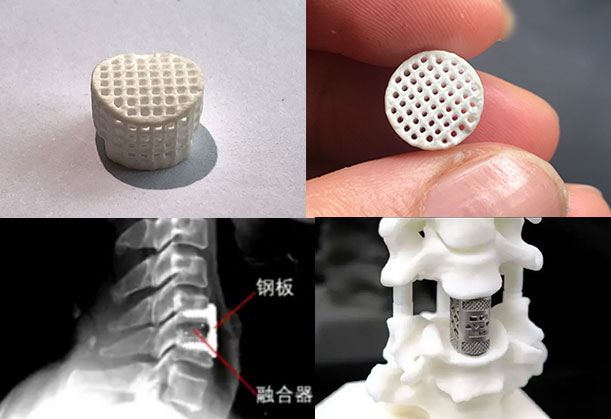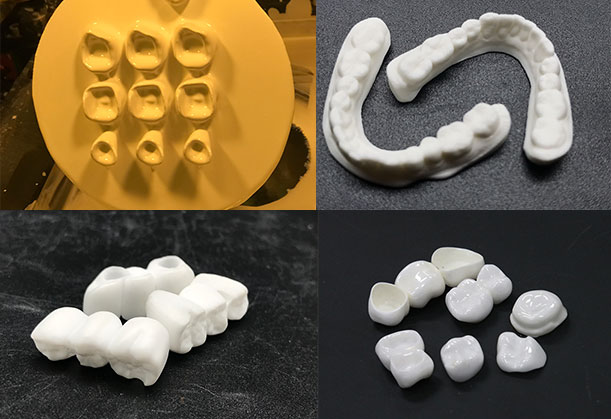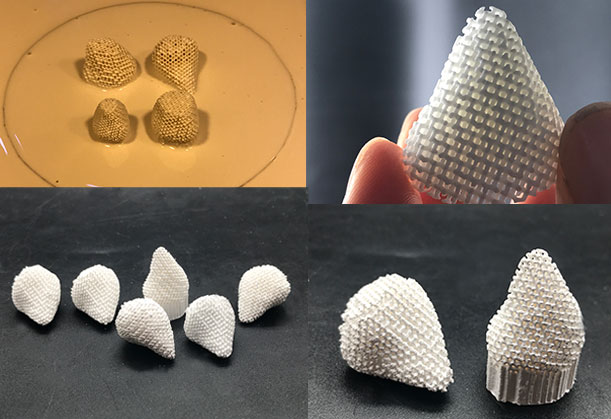Implantation of hydroxyapatite artificial eye for orbital deformity
Hydroxyapatite ceramic materials are mostly used in biomedical treatment. Porous hydroxyapatite ceramic eye prosthesis has a good clinical effect in correcting eye socket deformities. Its surgical method is to fix the position of the eyeball by traction of four rectus muscles, cut off the optic nerve, cut off the cornea, completely remove the contents of the eyeball, split the sclera from the upper temporal part of the sclera shell to the lower nasal part, and implant the porous bioceramic eye prosthesis into the muscle cone.Results This material and method had a good effect on the correction of eye socket deformities, no complications, good histocompatibility of porous bioceramic orbital implant, no toxic and side effects, which was an ideal filling material for eye socket. The operation method was simple, in line with the physiological function of the eyeball, and met the requirements of eye socket plastic and cosmetic.




